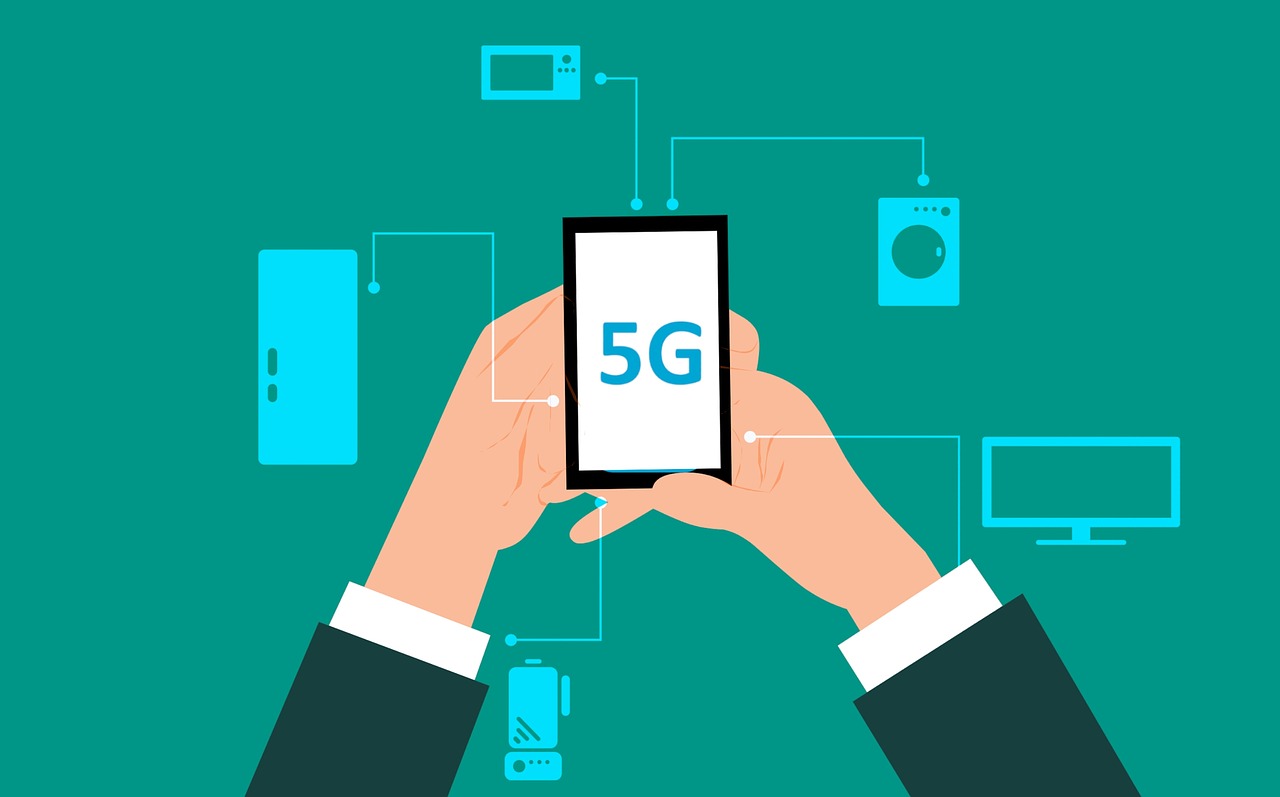5G is about to provide a big boost to the market. And this boost will in turn be instrumental in the growth of IoT and Fixed Wireless Access sectors. According to Juniper Research, operators will generate $17 billion of additional revenue from 3GPP (Third-generation Partnership Project)?compliant 5G satellite networks between 2024 and 2030.
At the same time, preparation for 6G networks are also on the way. Meanwhile, global 6G connections are predicted to reach 290 million in the first two years of service, but only if operators solve network interference problem.
Read more: Indian FinTech’s funding influx in July marks 3rd consecutive month to exceed last year’s benchmarks
Research author Sam Barker says, “Operators must not only think of 5G satellite services when choosing an SNO partner, but also the forward plan for 6G networks, including coverage and throughput capabilities.”
Operators must not only think of 5G satellite services when choosing an SNO partner, but also the forward plan for 6G networks, including coverage and throughput capabilities
A solution comes from AI, which can limit operator revenue leakage from 5G roaming connections to $118 million in 2024, according to research.
5G Advanced & 5G RedCap
As per a Juniper Research report, operators will generate $400 billion in service revenue from 5G networks in 2024, an annual growth of 32% from 2023. However, the report anticipates that as 5G penetration rates become saturated amongst consumers, it will be imperative for operators to launch services over 5G networks that provide value to enterprise IoT users.
To accomplish this, the two key emerging 5G technologies that will impact operators’ ability to attract high-spending IoT users are 5G Advanced and 5G RedCap (Reduced Capacity). These will enable operators to provide services including extended coverage, increased network efficiency and device battery life to enterprise users.
These technologies will be instrumental in the growth of IoT sectors, including automotive and mobile broadband, and are poised to bring about a revolution in areas like smart libraries. The report predicts there will be over 360 million 5G IoT devices using public network by 2028, a substantial growth from 35 million devices in 2024.
It also identified FWA (Fixed Wireless Access) as the sector to benefit most from these services, given the large amounts of traffic generated. FWA leverages cellular networks to provide Internet connectivity to other devices, often through Wi-Fi.
FWA has always been positioned as a key service for 5G network monetisation, but the emergence of 5G Advanced and 5G RedCap will enable operators to offer similar network conditions as fixed network service providers. Operators must leverage their existing billing relationships with consumers to promote their FWA solutions
Research co-author Sam Barker remarked, “FWA has always been positioned as a key service for 5G network monetisation, but the emergence of 5G Advanced and 5G RedCap will enable operators to offer similar network conditions as fixed network service providers. Operators must leverage their existing billing relationships with consumers to promote their FWA solutions.”
6G & RIS
6G has a lot of promise. According to reports, there will be 290 million connections globally by 2030, the year after its initial expected launch in 2029. However, the challenge of network interference arising from the use of high-frequency spectrum gas to be solved first.
This use of high-frequency spectrum in 6G will be the key enabling technology to provide throughput speeds 100 times greater than current 5G networks. However, as cellular technologies have never used spectrum bands in this range before, the most pressing concern for operators is minimising this network interference, or risk creating an unreliable 6G network.
The solution, RIS (Reconfigurable Intelligent Surfaces), a technology that will mitigate the impact of interference from large obstacles, including buildings, on network services. It purposefully reflects and refracts 6G mobile signals to enable data packets to move around physical obstacles.
Initial 6G coverage will occur in the most densely populated geographical areas to serve as many users as possible. Therefore, RIS technology will be key to providing a valuable 6G service to both consumer and enterprise customers in the first few years of network operation
At the same time, given the wide geographical areas of some 6G networks, operators must rely on AI to monitor and adjust RIS configuration in real-time to maximise the technology’s benefits.
Research author Alex Webb remarked, “Initial 6G coverage will occur in the most densely populated geographical areas to serve as many users as possible. Therefore, RIS technology will be key to providing a valuable 6G service to both consumer and enterprise customers in the first few years of network operation.”
AI-Based Segmentation
In fact, AI-based segmentation will also help decrease the average revenue leakage per 5G roaming connection from $1.72 to $1.20. Revenue leakage refers to the value of services provided but not monetised. This approach allows operators to reduce 5G standalone revenue leakage through the improved allocation of resources and new pricing, reflecting its higher Quality of Service. The difference is that 5G standalone networks leverage the 5G core, whilst 5G non-standalone relies on 4G infrastructure.
Read more: CrowdStrike incident a warning that diversity in Internet provider service a good idea
AI-based segmentation will enable operators to better monetise emerging roaming services, using machine-learning models to detect and differentiate traffic types and segments in real-time.
Research author Alex Webb remarked, “AI-based segmentation will differentiate enterprise traffic by use case; enabling premium billing of mission-critical 5G standalone connections, thus reducing revenue leakage.”












